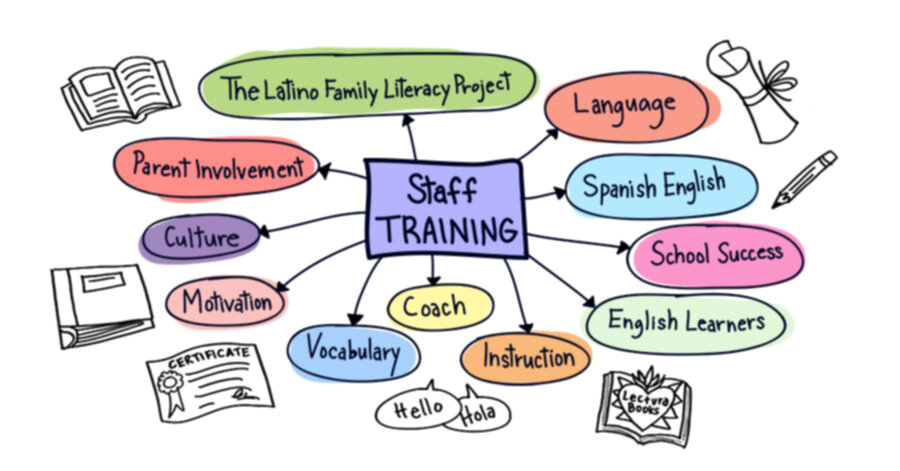 Student Support Services for English Language Learners (ELLs)
Student Support Services for English Language Learners (ELLs)

Effective student support services for English Language Learners (ELLs) can make a huge difference in helping them become fluent in English.
To assist the various school districts in the country in accomplishing this goal, the Department of Education (ED) has put together a list of useful questions that districts can ask of themselves when developing and implementing a plan for an ELL program. The various areas that the Department addresses in formulating a plan include educational approach, identification, assessment, services, staffing, transition, other programs and evaluation.
One question asked in the Staffing section of an ELL plan, for example, is if they have the necessary resources to implement an effective ELL program and, if not, what the district’s timeline is or what the plan will be for obtaining them. In the Services section, ED wants districts to take into consideration if the description of the program matches the actual methodology and services being used in teaching the different English language skills, such as written English, reading, speaking and comprehending.
In the Transitions section, one of the last parts on the detailed list asks, when students are not successful in an ELL program, if the district has a plan and services in place to address the deficits. For instance, the Department states that the school district should consider providing extra services in developing stronger English language abilities, such as support or tutorial services, in helping them pass the next time around.
To provide support for Hispanic, English language learners, which are the largest segment of ELLs in the US, many school districts rely on The Latino Family Literacy Project to help strengthen their reading skills, which is accomplished by educating and guiding parents in setting up a regular at-home, reading period using bilingual books.
Though the Project’s various programs (based on age) can be used for kids or youth that have not been successful in an ELL program, the optimal way is to offer student support services while they are in an active ELL program. Teachers can attend a half day program training at a workshop near them or view an online webinar for program training.
